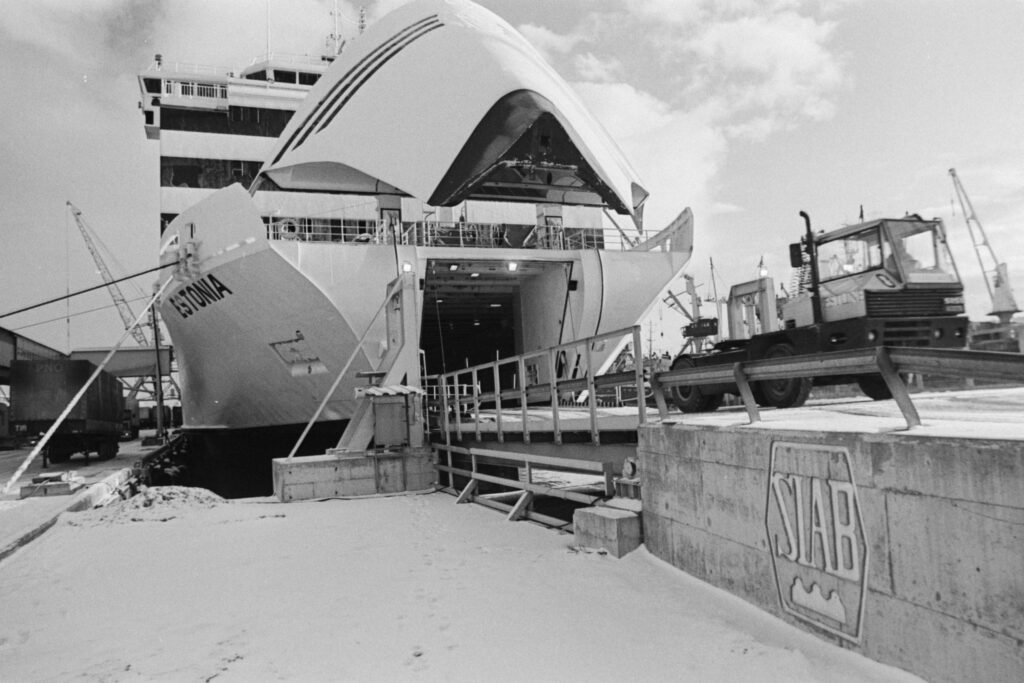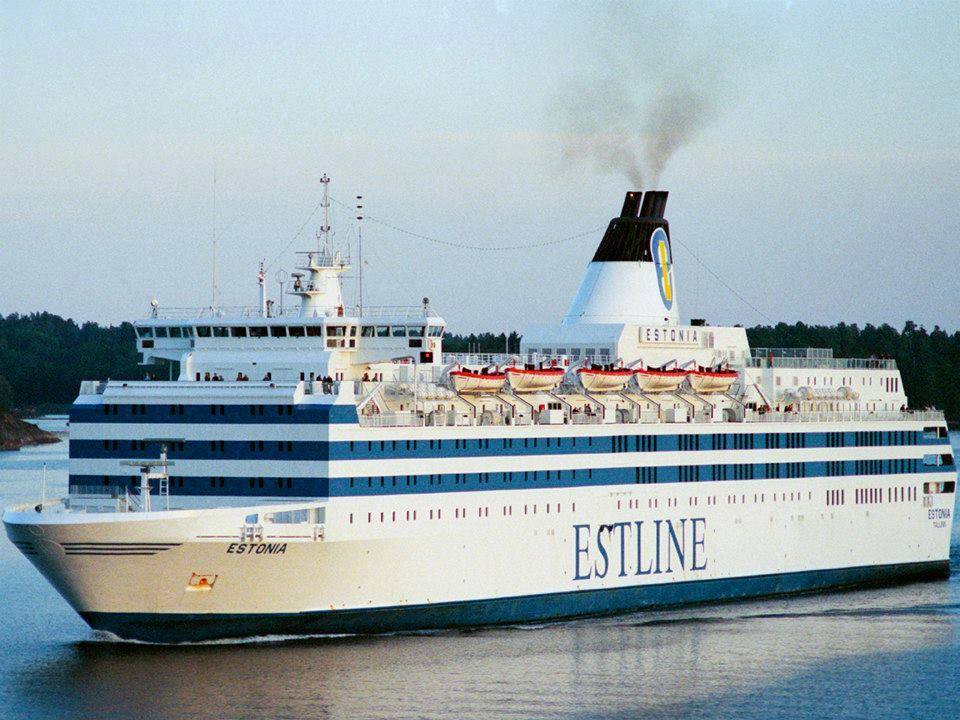The intermediate report of the preliminary assessment of the ferry Estonia, presented by the safety investigation authorities of Estonia, Finland and Sweden on 23 January, says in its preliminary conclusions that the ferry was not seaworthy.
The seaworthiness of MS Estonia was re-assessed by the Swedish Accident Investigation Authority and the Estonian Safety Investigation Bureau based on the 1997 report by the Joint Accident Investigation Commission, and the conclusion was made that MS Estonia was not seaworthy.
“An inspection of the bow parts was not performed. The related certificate should not have been issued unless such an inspection had been carried out, which means that MS Estonia was not seaworthy. If such an inspection, following regulations, had been carried out, the flaws of the visor construction could have been discovered, and the accident would probably not have occurred,” the intermediate report says.
“The location of the bow ramp as the upper extension of the collision bulkhead was based on a practical decision for an exemption from the regulations. Such an exemption entails a condition, which must be recorded in certificates but was not. Therefore, MS Estonia was not seaworthy and the certificate was incorrect. If the condition had been noted in the relevant certificate, the vessel would not have been trading the Tallinn-Stockholm route,” it adds.
During the preliminary assessment, various surveys and studies were conducted and continue to be conducted. So far, nothing has been found that would significantly change the conclusions of the Joint Accident Investigation Commission, which published its final report on 3 December 1997.

No evidence of collision or explosion
The most important of the conclusions of the intermediate report are: the wreck of MS Estonia is in a poor condition with severe structural damage; the location of the outcropping bedrock under the hull matches the location of the deformation on the hull; based on the evidence gathered so far, there is no indication of a collision with a vessel or a floating object; based on the evidence gathered so far, there is no indication of an explosion in the bow area.
Next, the Safety Investigation Bureau is planning a ferromagnetic survey, biological sampling, recovery of the bow door and a survey of the car deck – which will be integrated into the final analysis, along with a model of the ferry Estonia’s journey during the sinking. Interviews with survivors and other related persons are also still ongoing.
The preliminary assessment is expected to be completed in 2024, which coincides with the deadline for the validity of the amendments to the Finnish national legislation on the inviolability of the final resting place.
The Estonian Safety Investigation Bureau initiated the preliminary assessment following the release of new video footage by Monster Media Group Limited in September 2020, which revealed a hole in the starboard side of the hull, and requested assistance from the relevant authorities of Finland and Sweden.

Huge loss of life
MS Estonia sank in the early hours of 28 September 1994. The ferry sank in the Baltic Sea while on a scheduled crossing, en route from Tallinn to Stockholm, where she had been expected in the morning. The ferry disappeared from the radar screens of other ships at around 01:50 EEST in international waters, about 22 nautical miles (41 kilometres) from the Finnish island of Utö. The ferry sank to the depth of 74 to 85 metres (243 to 279 ft) of water.
Of the 989 on board, only 138 were rescued alive (one of whom died later in hospital). As such, it is the second-deadliest peacetime sinking of a European ship, after the RMS Titanic, and the deadliest peacetime shipwreck to have occurred in European waters, with 852 lives lost. Most of the victims were Swedes (501), followed by Estonians (285).
Read also: MS Estonia’s damage much greater than previously thought and The Swedish defence forces: MS Estonia transported military equipment

